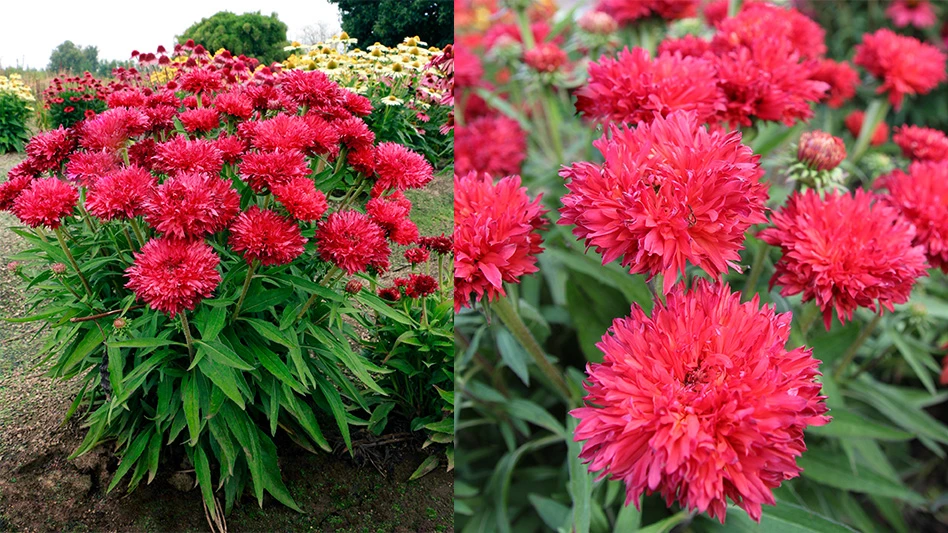

SePRO, according to senior portfolio leader Mark Brotherton, has a ‘one-stop solution’ for growers facing mite issues. That solution is Akari, a contact miticide that attacks mites at all stages of their life cycle. The product is effective again various spider mites — most notably the two-spotted spider mite — eriophyid mites and tarsonemid mites, as well as mealybugs and whiteflies.
“Not all miticides are created equally,” Brotherton says. “There are these different mite types from different families and, among all of the various miticides on the market, not all of them are equally effective across the board. There are some ovicides that are that only kill eggs. Others kill just one kind of mite. And then there are some, like ours, that are board-spectrum and combat several of different types and life stages.”
Akari is recommended for use at a rate between 16 and 32 oz. per 100 gallons and can be applied in several settings (greenhouses, outdoor nurseries, etc.) and on a variety of crops (annuals, perennials and some greenhouse vegetables such as cucumbers, peppers and tomatoes). The same tank mix can be used on both types of crops as well. Always refer directly to the product label for the most accurate and up-to-date application information.
Approval for use in the edibles market, Brotherton says, is a particularly good example of Akari’s versatility. More and more growers are growing at least some vegetables, so growing can be more efficient when growers use products effective on different types of crops.
“If you’re a grower, you’re potentially doing vegetable transplants on one bench and petunias on the other bench right next to it,” he says. “With Akari, you can hit them with one tank and spray everything.”
Additionally, Brotherton notes that having a product that treats a wide swath of mites is useful for growers too, especially those who may be dealing with a few kinds of mites or unsure of exactly what kinds of mites they are dealing with. By going with a product that works to eradicate mites at all life stages and works against all types, it gives growers a powerful tool to solve mite issues with. Brotherton also notes that if growers need more information on mites and/or possible solutions, SePRO has a dedicated team and collection of resources at its disposal.
“Growers should still be aware that there are different kinds of mites — just because it’s a mite doesn’t mean all products control mites,” Brotherton says. “But there are options that help our customers deal with different types and get them growing successfully.”

Explore the March 2021 Issue
Check out more from this issue and find your next story to read.
Latest from Greenhouse Management
- Grant awarded to test western U.S. wood species for use as wood fiber potting substrate
- Pennsylvania Horticultural Society announces 2025 Gold Medal Plant winners
- Oasis Grower Solutions announces new Southeast territory sales manager
- A nation of gardeners: A history of the British horticulture industry
- Last Word with Angela Labrum, Bailey Nurseries
- Iowa plant supplier Plantpeddler building retail complex
- This month's Greenhouse Management magazine is about native plants and sustainability
- The HC Companies, Classic Home & Garden merge as Growscape





